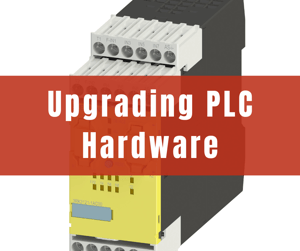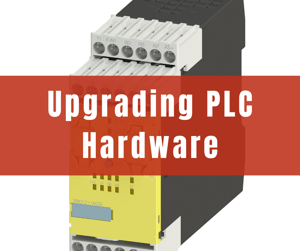 The Programmable Logic Controller (PLC) has formed the backbone of all industrial automation operations since its introduction in the late 1960s. Modern PLCs have come a long way, incorporating several upgrades pertaining to processing power, peripherals and connectivity. Several manufacturing companies have extended upgrading cycles, meaning they let their systems work as is until a problem starts to surface. But once a problem does become apparent, an upgrade is necessary.
The Programmable Logic Controller (PLC) has formed the backbone of all industrial automation operations since its introduction in the late 1960s. Modern PLCs have come a long way, incorporating several upgrades pertaining to processing power, peripherals and connectivity. Several manufacturing companies have extended upgrading cycles, meaning they let their systems work as is until a problem starts to surface. But once a problem does become apparent, an upgrade is necessary.
Here are some of the main reasons as to why a PLC upgrade is necessary:
Controller Hardware Upgrades
Many PLCs are designed for upgrades, meaning they have a simple conversion kit that allows swift and reliable changes to take place with minimal downtime. The need for rewiring is neutralized while existing swing arms can be fitted directly onto the conversion modules. The conversion kits can be prepared beforehand, and you wouldn’t have to go through exhaustive input/output checks.
This, however, doesn’t mean that complete rewiring is unnecessary. In several cases where complex upgrades need to take place, especially those that would reduce dependency on old hardware, rewiring can be a better choice. The approach may be more painstaking but it would provide greater flexibility in the future, something that the conversion kit can’t promise.
Interested in learning more, connect with an ACD expert!
You may also be interested in reading:


